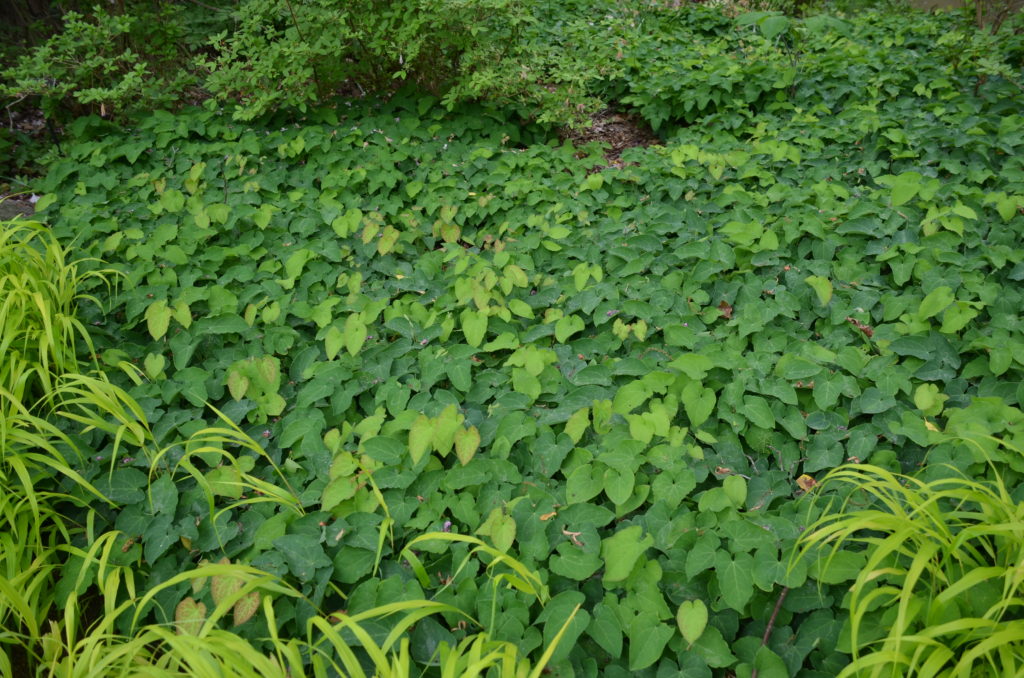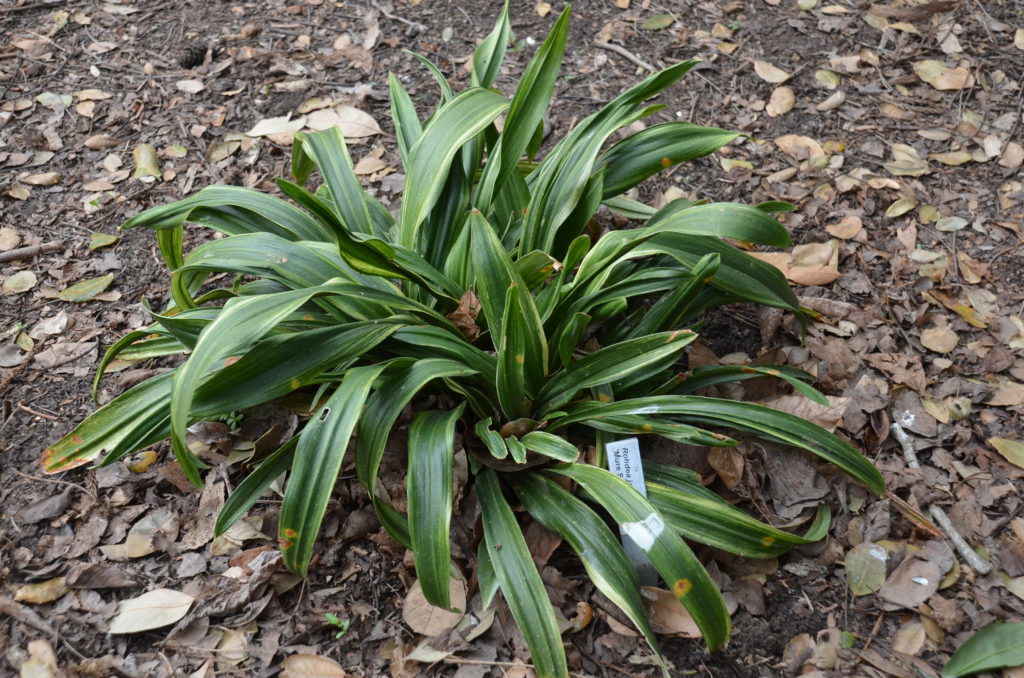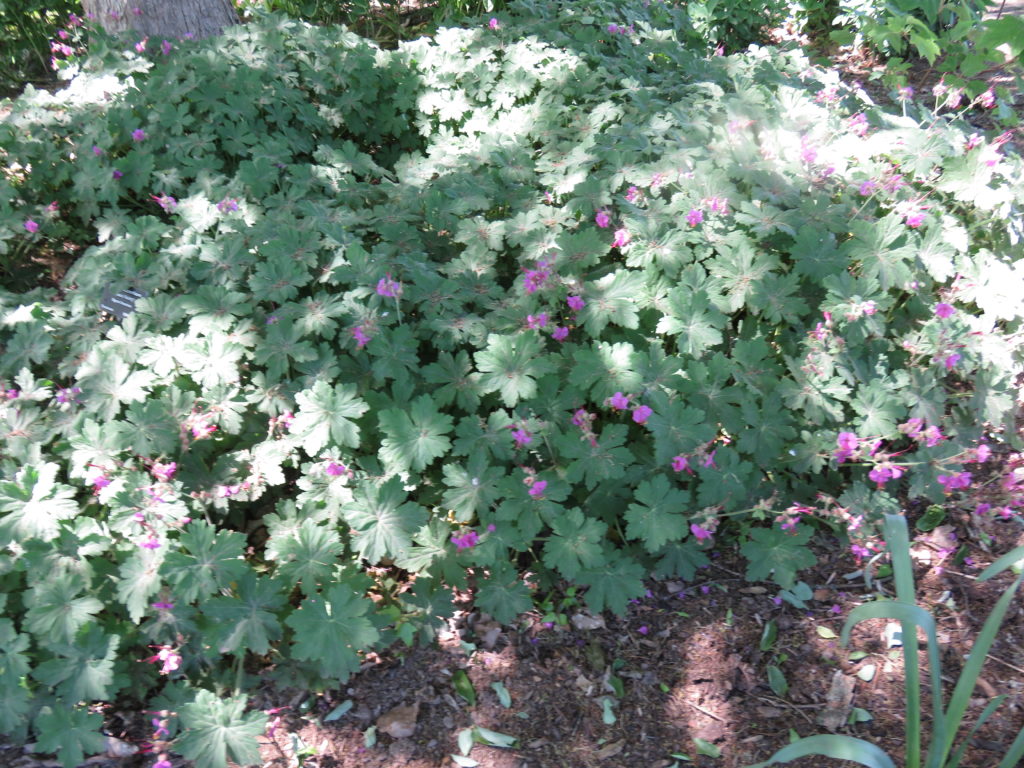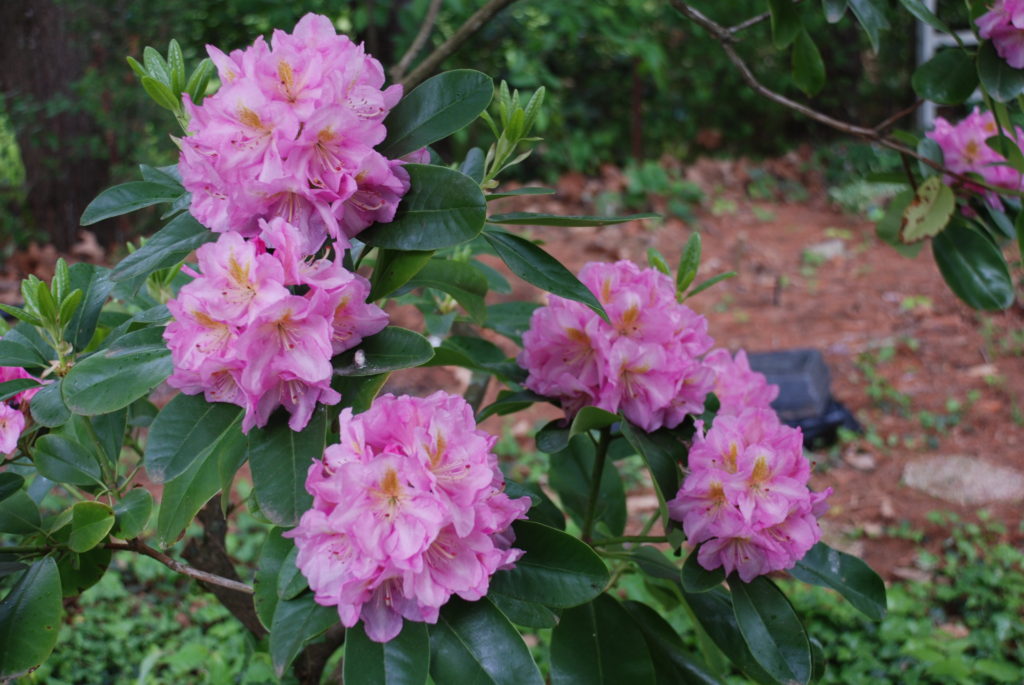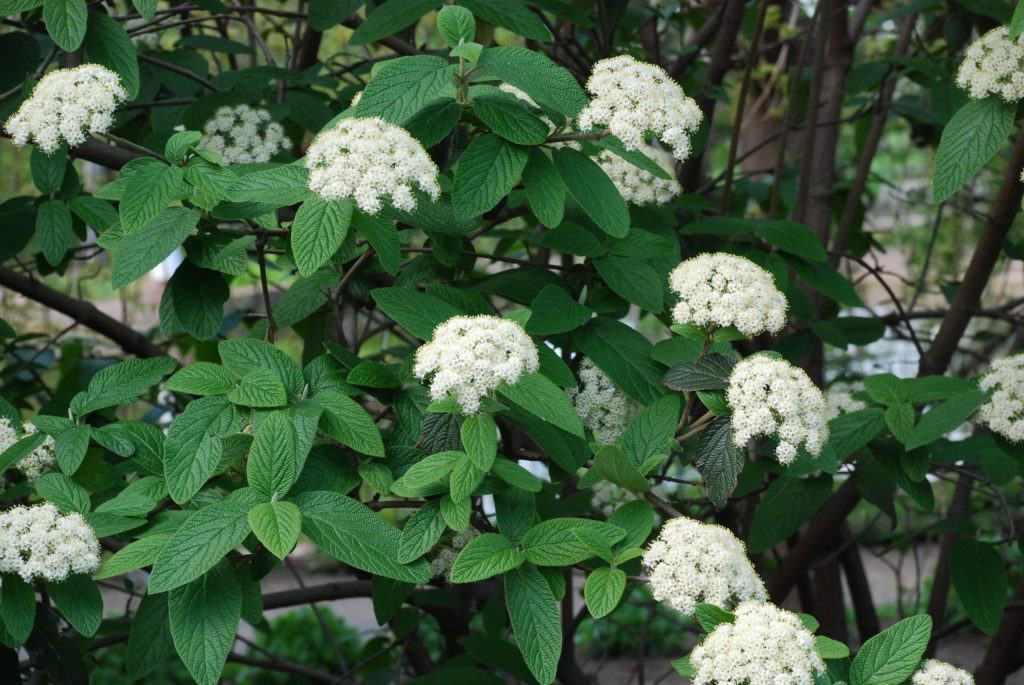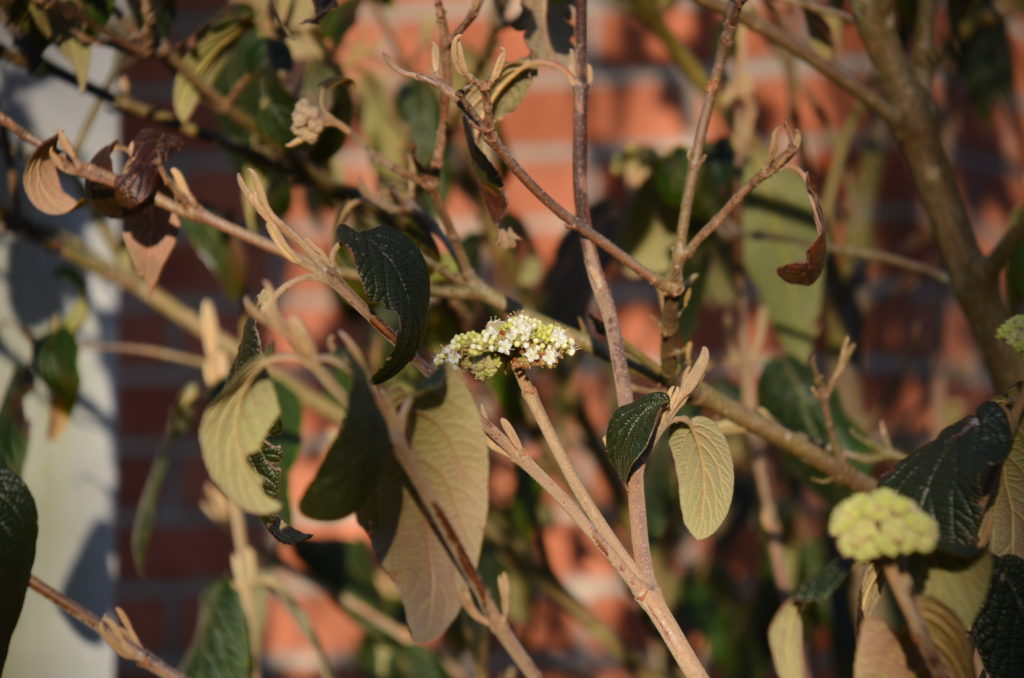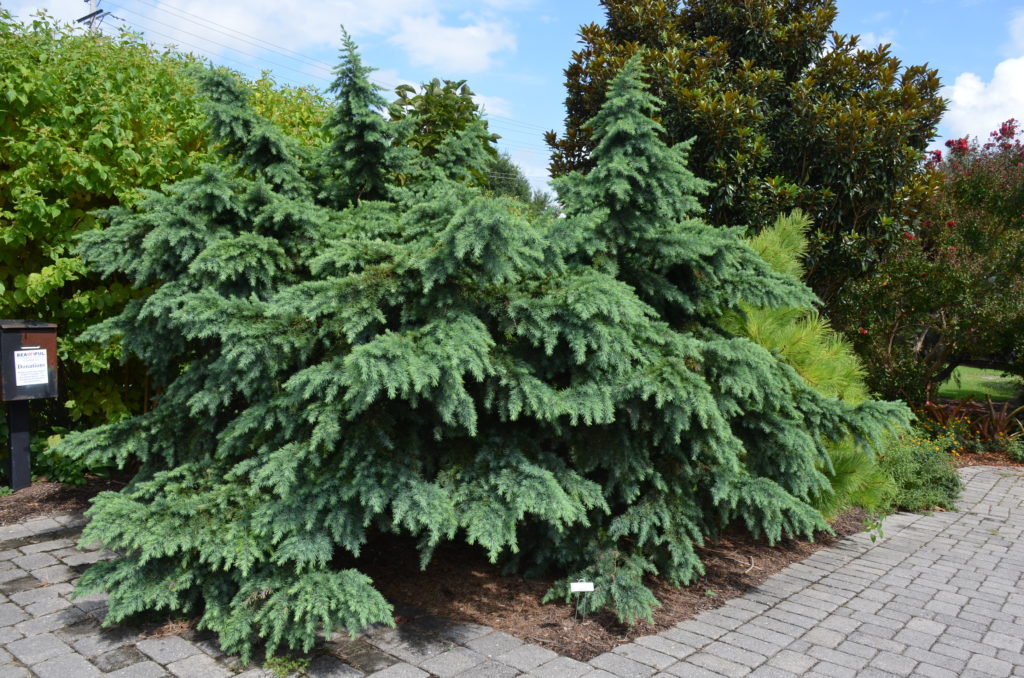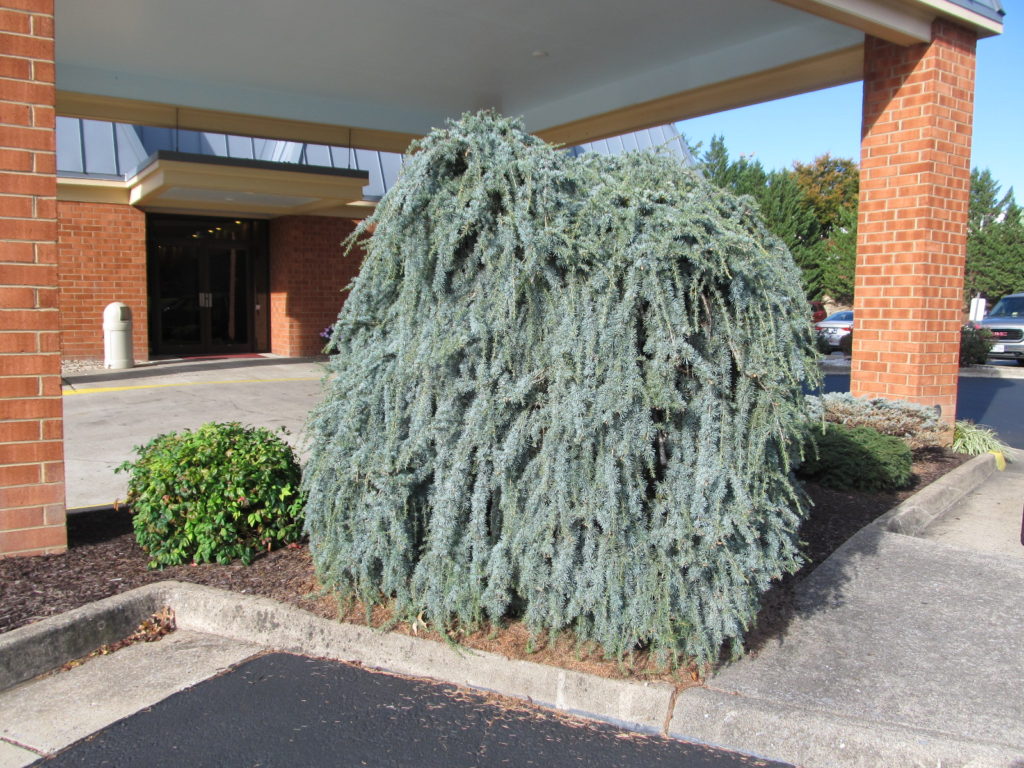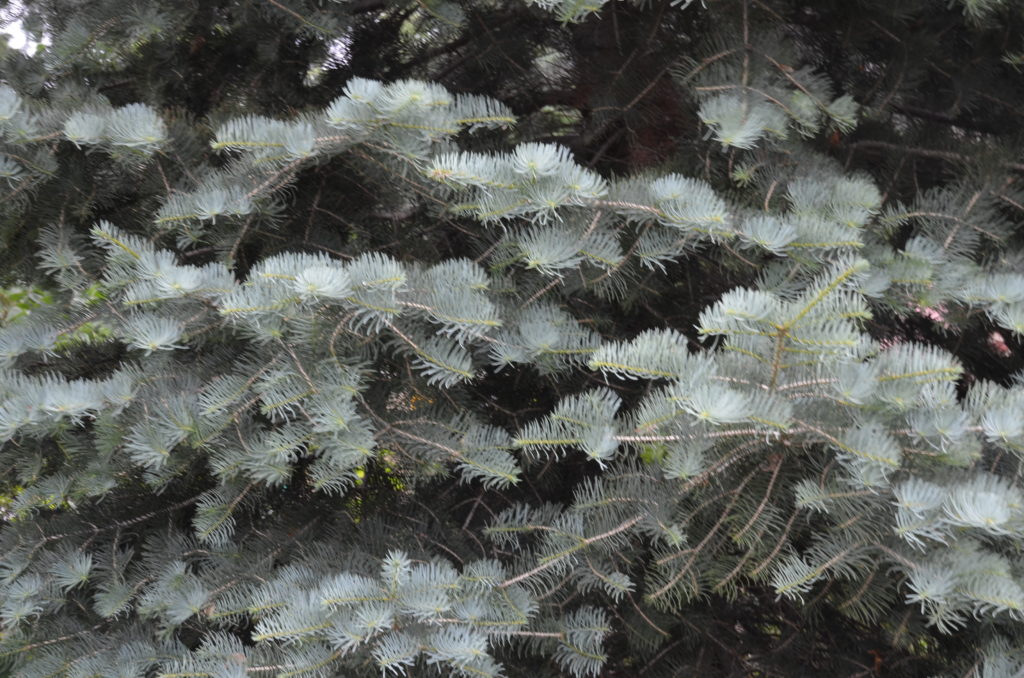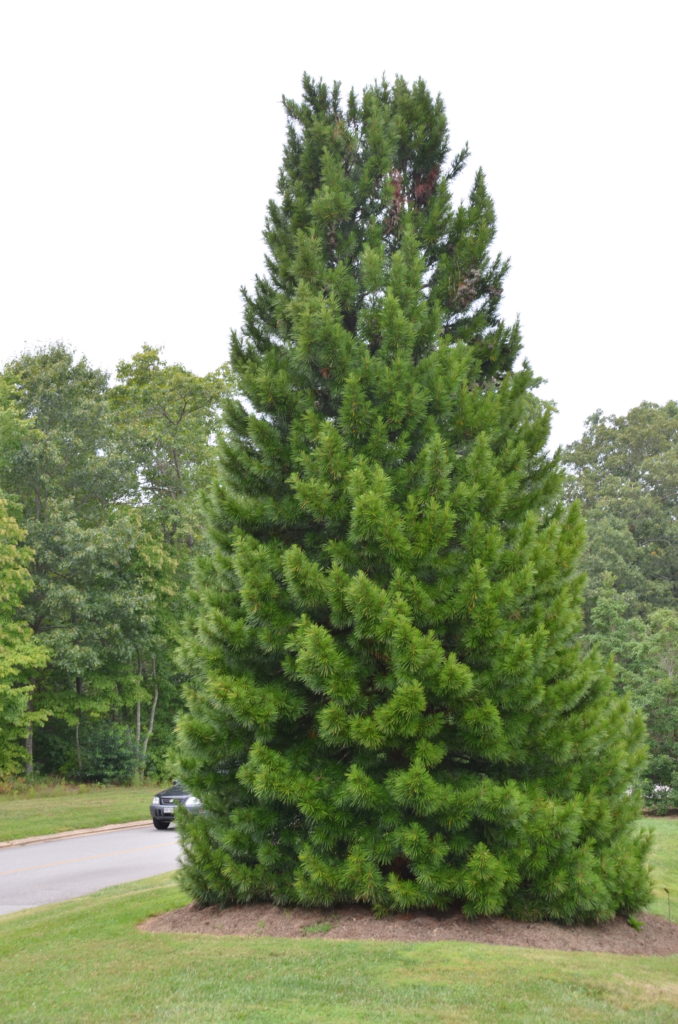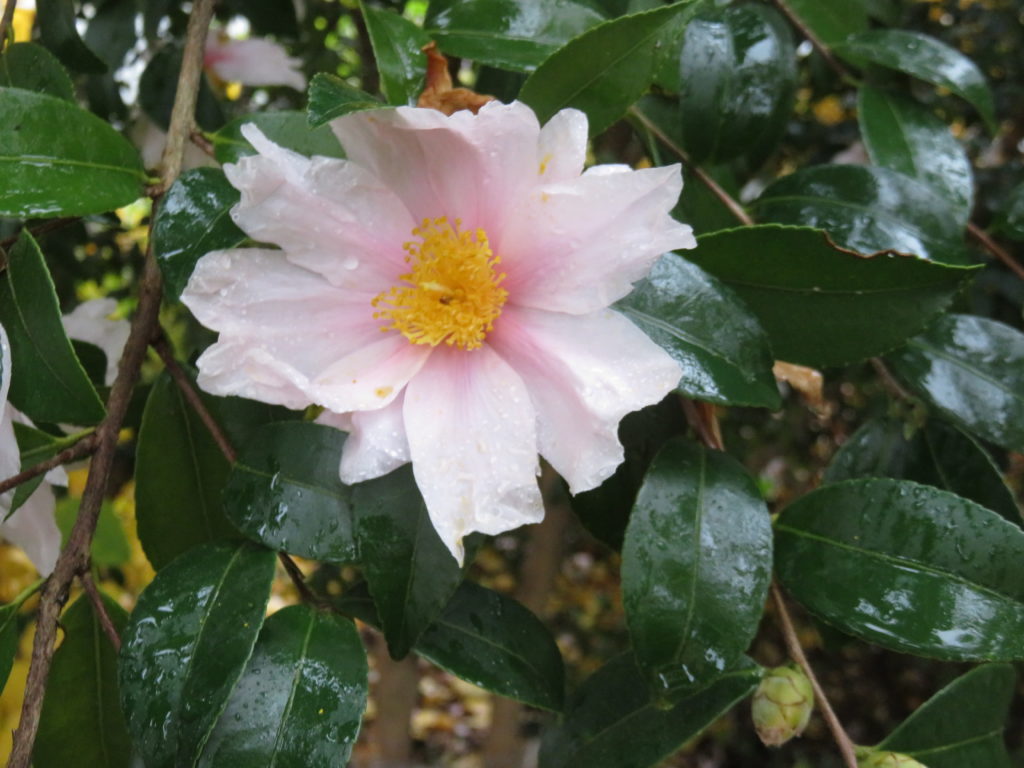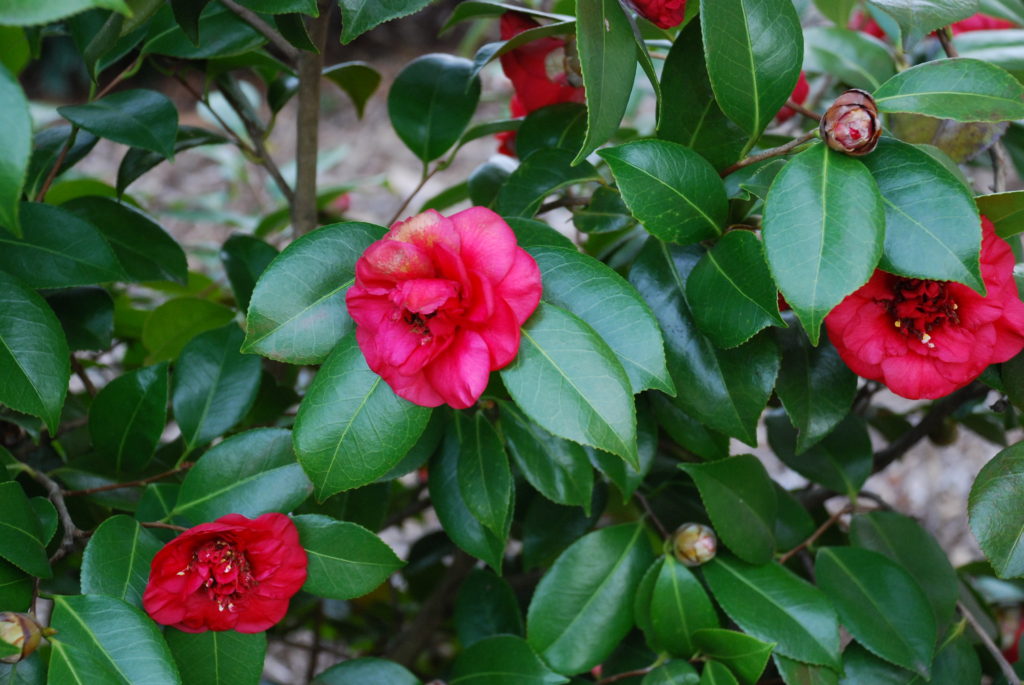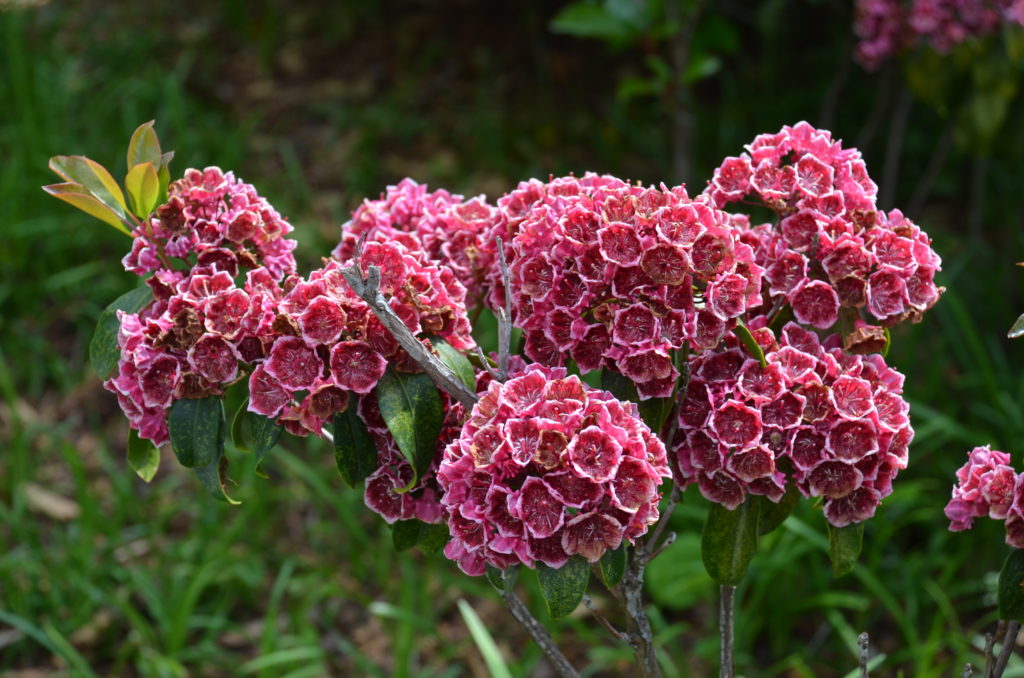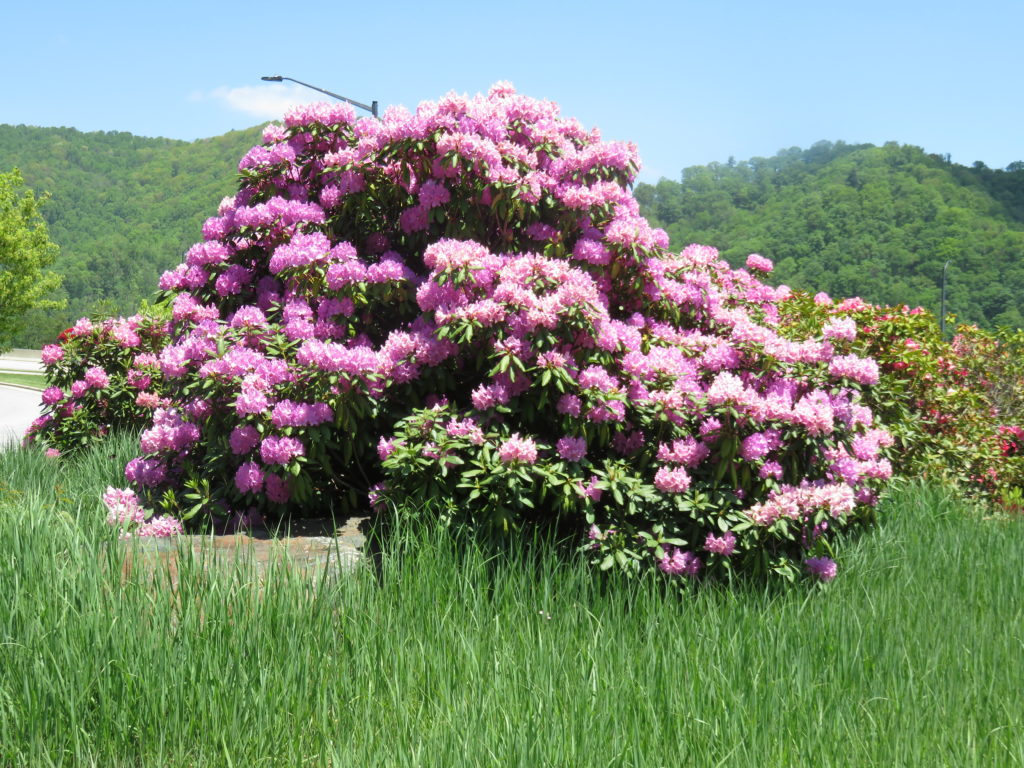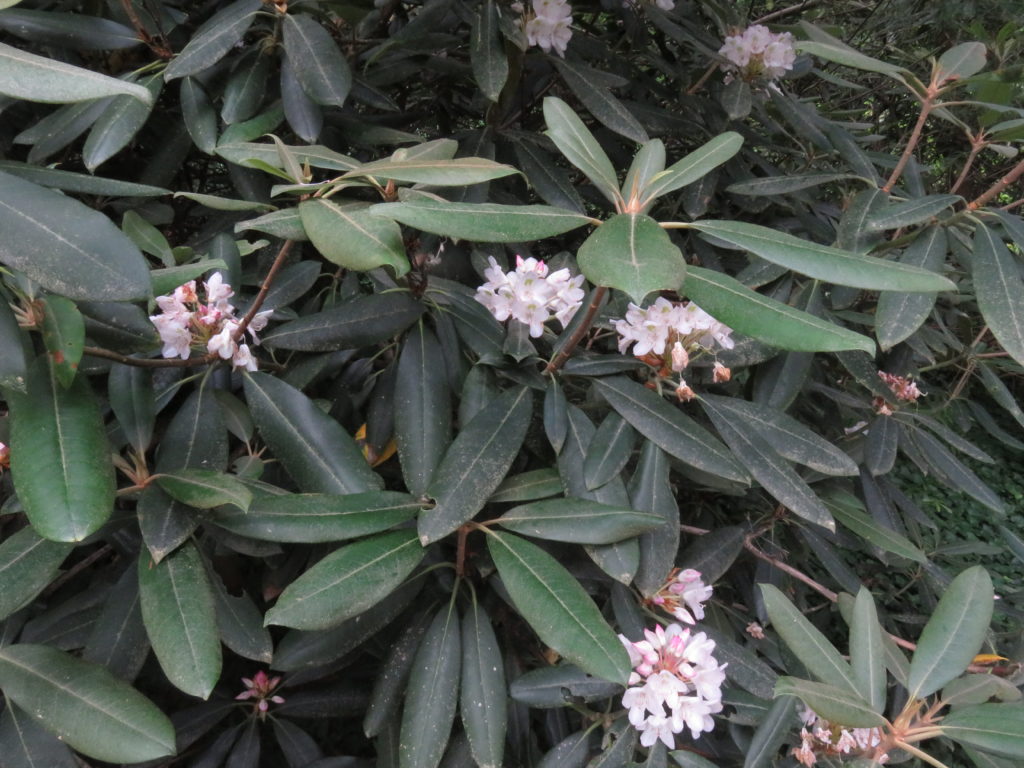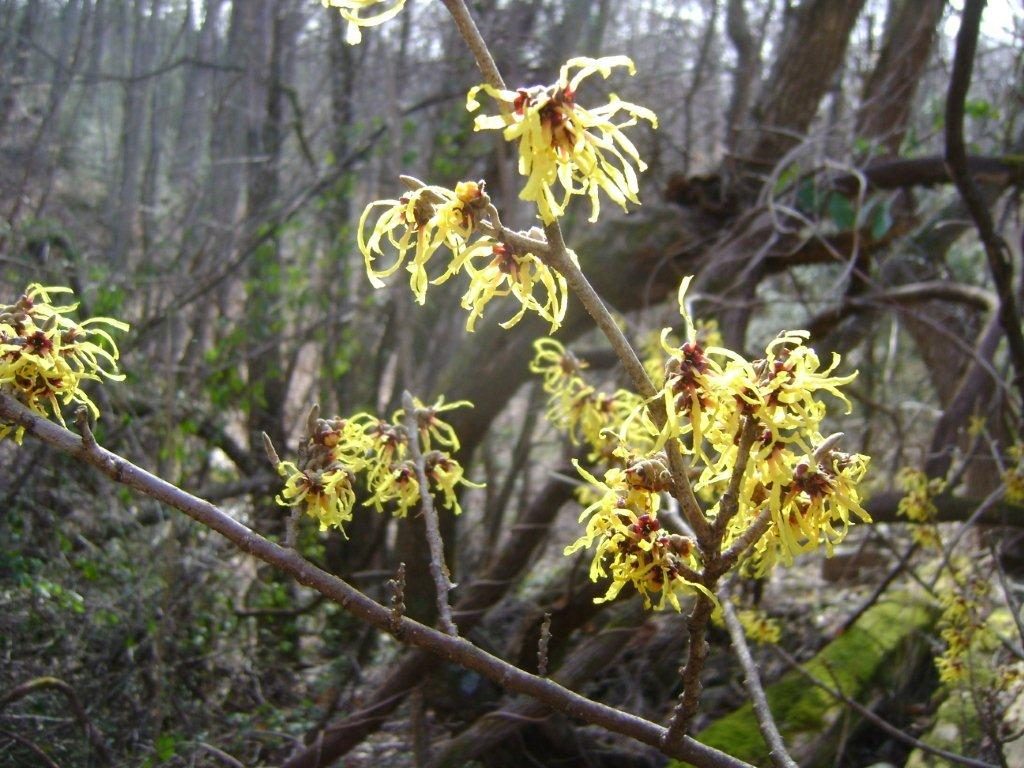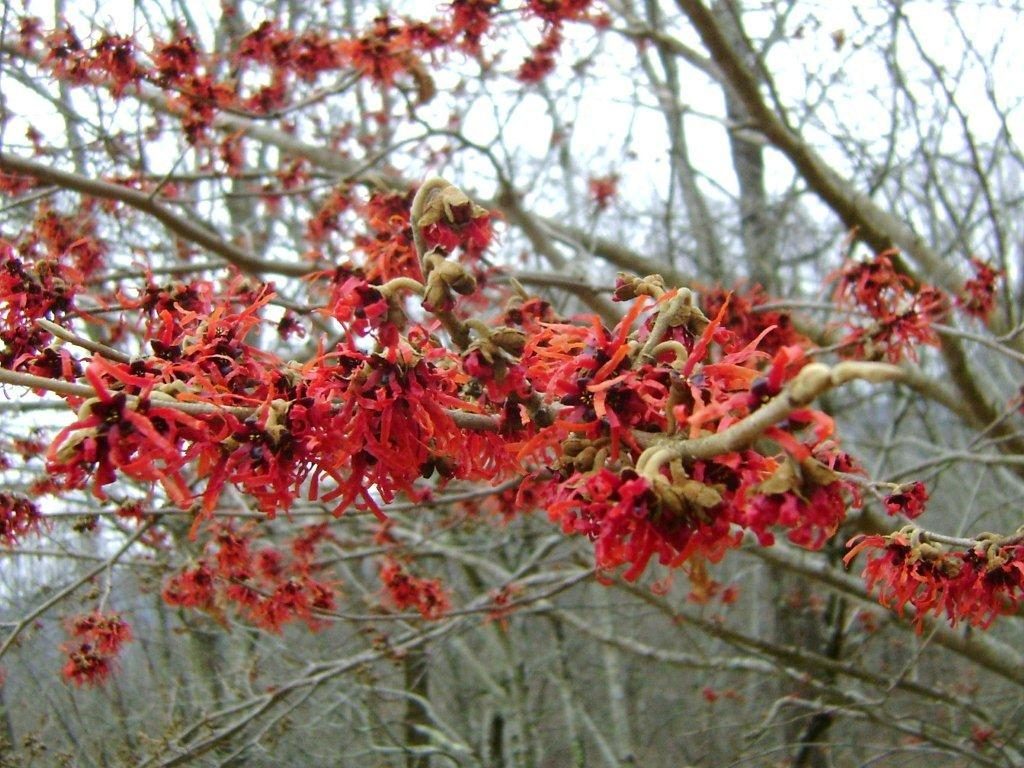Smoketree or smokebush (Cotinus coggygria) is a large shrub or small tree native from southern Europe to central China (USDA hardiness zones 5-8). Over time it typically matures to 10-15 feet high and wide. Depending on cultivar (see list below), smoketrees have oval leaves tinted in rich purple, gold, or green shades. Generally, they grow as multi-stemmed shrubs, but many gardeners choose to train them as small landscape trees.
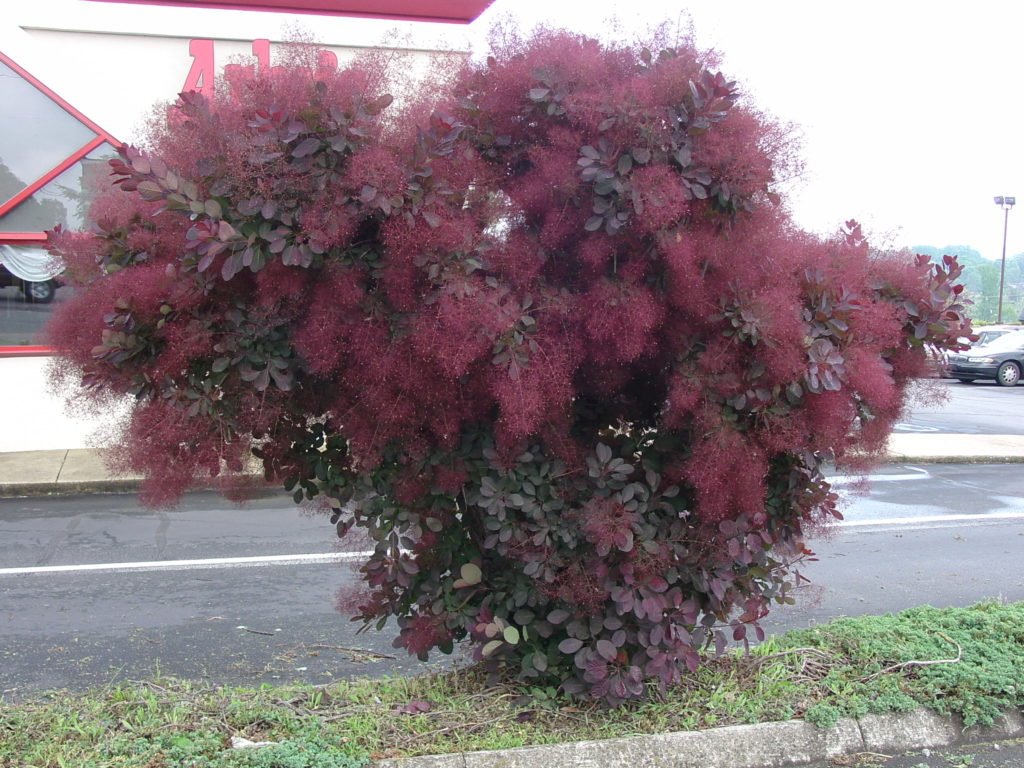
Truly, the uniqueness of smoketrees are their wonderful flower clusters which offer the illusion of clouds of smoke. Individual flowers are actually insignificant. Additionally gold and purple-leaved cultivars are available along with green-leaved selections.
Smoketrees are best grown in full sun and in well-drained soil. Standard varieties can reach 10 feet to 15 feet in height. Pruning is key to keep their multiple stems in check and prevent a gangly plant appearance. Plant a single smoketree as an accent feature or group several as a tall deciduous shrub border or privacy screen.
Fall color is a mix of yellow, orange, and red shades. Those varieties with standout seasonal leaf color, like Golden Spirit® or ‘Royal Purple’, are grown solely for their foliage. In the fall all growth is cut back (coppiced) to 6-12 inches above the ground. New colorful shoots grow 4- and 6-feet tall in one growing season with no flowering.
This tree/shrub has proven to be a reliable performer in the garden, holding up well in hot, dry conditions once the plant is established. To repeat the billowy summertime blooms put on a real show for 3-4 weeks. What follows is the fluffy clouds then disperse throughout the yard and your neighbors. Some may find this objectionable.
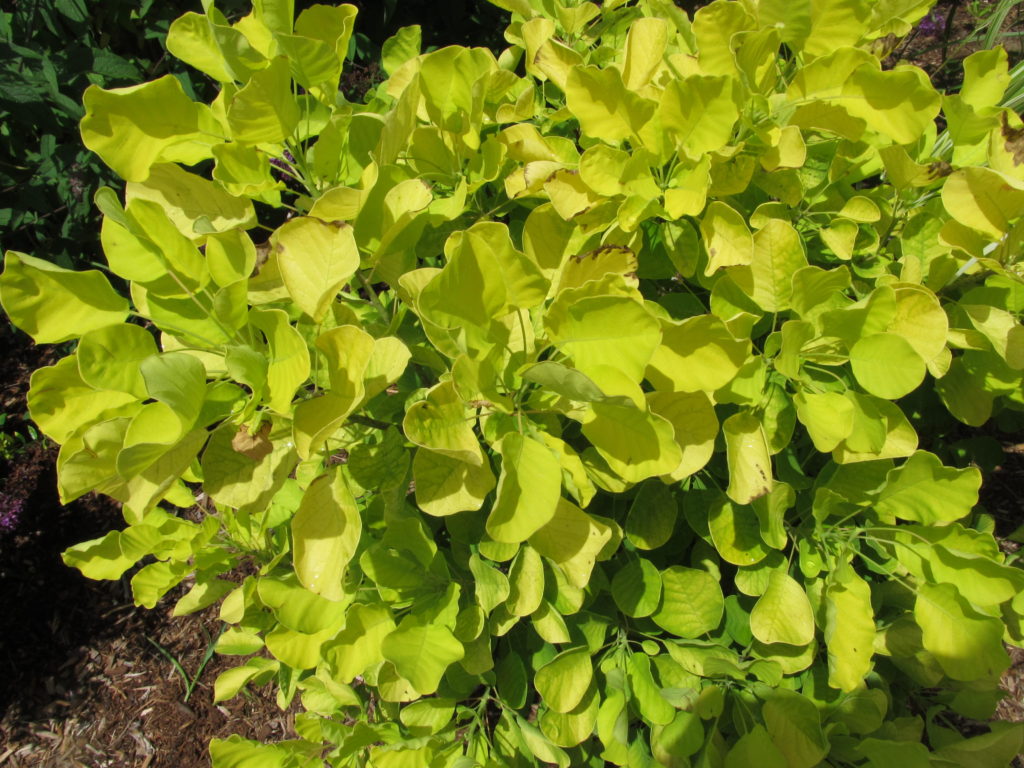
Leading cultivars:
Golden Spirit® (‘Ancot’) grows with unique golden foliage that fades to lime green in summer before showing shades of orange and red in autumn; 10 feet tall and 6 feet wide.
‘Grace’ offers rich burgundy-purple foliage in spring and summer then orange-red fall color; grows 15 feet tall and wide.
‘Nordine’ is an exceptionally hardy form with burgundy leaves that develop red and orange shades in fall; 15 feet tall and wide.
‘Pink Champagne’ bears pink smoky flowers along with round deep green leaves that turns a mix of scarlet and orange in fall; 10 feet tall and 10 feet wide.
‘Royal Purple’ bear clusters of purple puffy flowers and red-purple foliage which turns scarlet in fall; 15 feet tall and 12 feet wide.
‘Velvet Cloak’ struts dark purple-red foliage, fading pale purple foliage may dull somewhat in late summer, and turns a fall mix of scarlet, orange and russet; 12 feet tall and wide.

